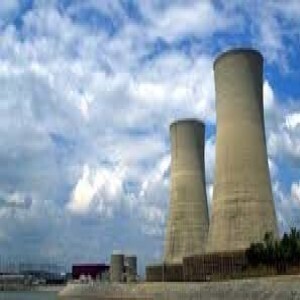
On this day in labor history, the year was 1981.
That was the day at least eight workers at Sequoyah I nuclear reactor in Tennessee were exposed to radioactive coolant.
The reactor was part of the vast Tennessee Valley Authority that provided electrical power to the region.
Sequoyah I had just been commissioned and was already off to a bad start.
First, on January 19, 1981, a generator tube malfunctioned, forcing a complete shut down.
Then on February 11, an operator error triggered an emergency alert.
An Auxiliary Unit Operator was working his first day on the new job without proper training.
He inadvertently opened the wrong valve during a safety test.
The operator misunderstood his instructions and recognized his mistake immediately.
But when he tried to alert the control room, they were too busy responding to the developing crisis to answer his call.
Reactor water sprayed for 10 minutes before it was finally shut off.
As many as 14 workers were contaminated by the coolant.
Some scientists contend that the release of reactor vessel water was inadvertent and part of the design of the cooling system.
Others argue that, in order to cut costs, management had decided to use radioactively contaminated water as emergency coolant rather than the more expensive fresh, uncontaminated water.
Steam leaks, tube malfunctions and overflowing drainage tanks were just some of the reported failures at the plant in the following years.
Between 1985 and 1988, Sequoyah was forced to shut down again after an independent review concluded that the plant did not comply with current safety standards.
Today the plant supplies electricity to more than 1.3 million homes.
More Episodes
 2024-07-31
2024-07-31
 2024-07-30
2024-07-30
 2024-07-28
2024-07-28
 2024-07-28
2024-07-28
 2024-07-22
2024-07-22
 2024-07-20
2024-07-20
 2024-07-18
2024-07-18
 2024-07-17
2024-07-17
 2024-07-16
2024-07-16
 2024-07-15
2024-07-15
 2024-07-14
2024-07-14
Create your
podcast in
minutes
- Full-featured podcast site
- Unlimited storage and bandwidth
- Comprehensive podcast stats
- Distribute to Apple Podcasts, Spotify, and more
- Make money with your podcast
It is Free
- Privacy Policy
- Cookie Policy
- Terms of Use
- Consent Preferences
- Copyright © 2015-2024 Podbean.com




